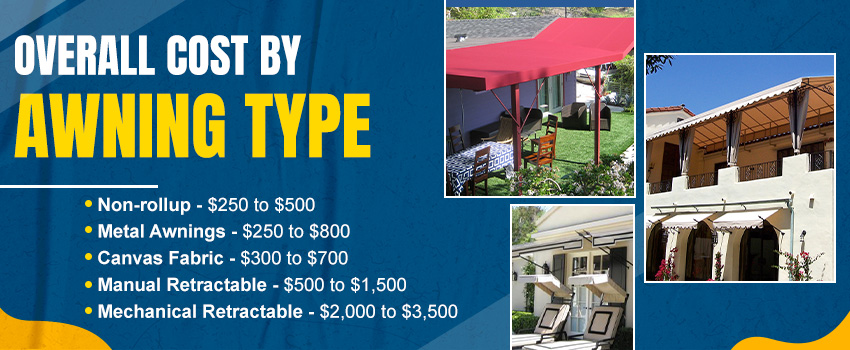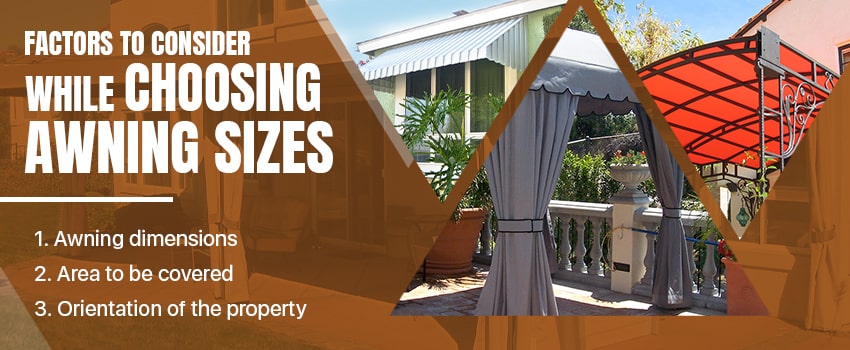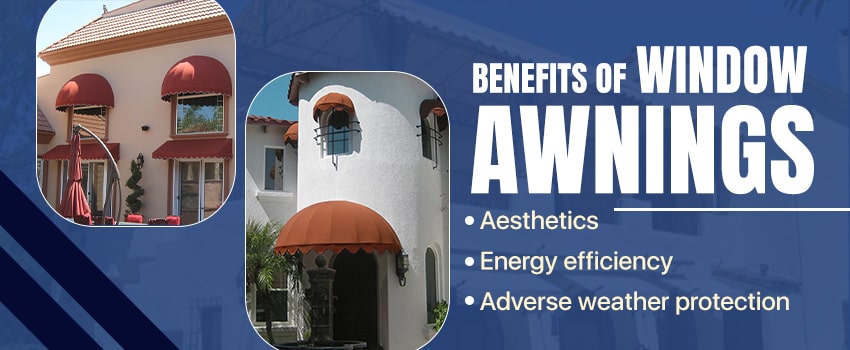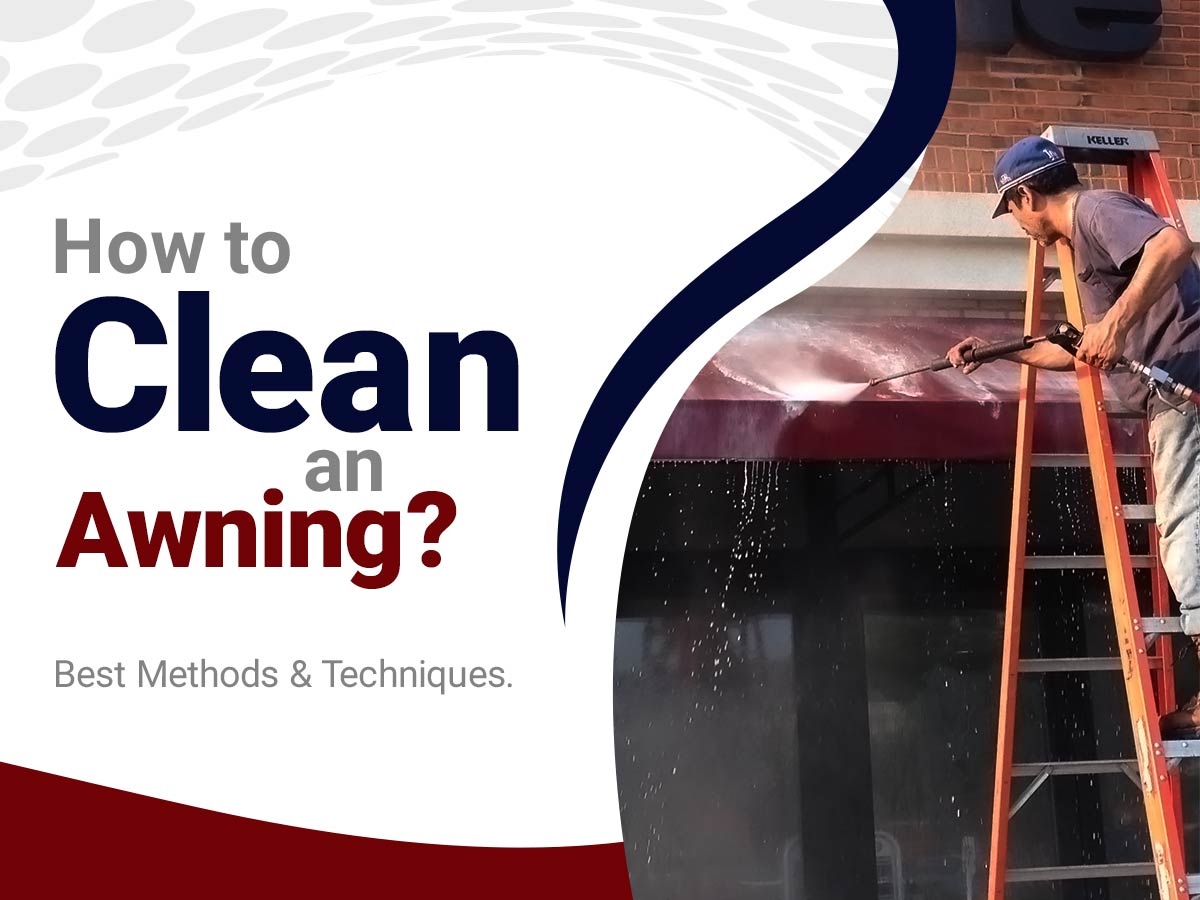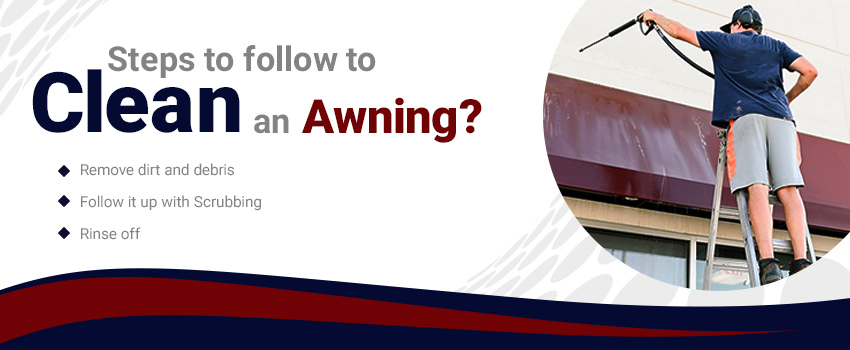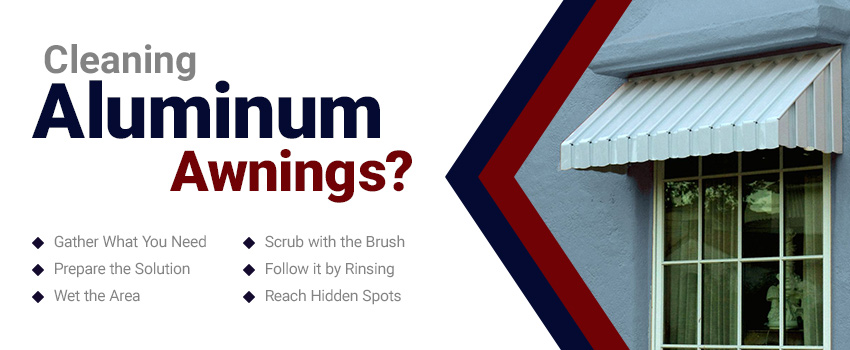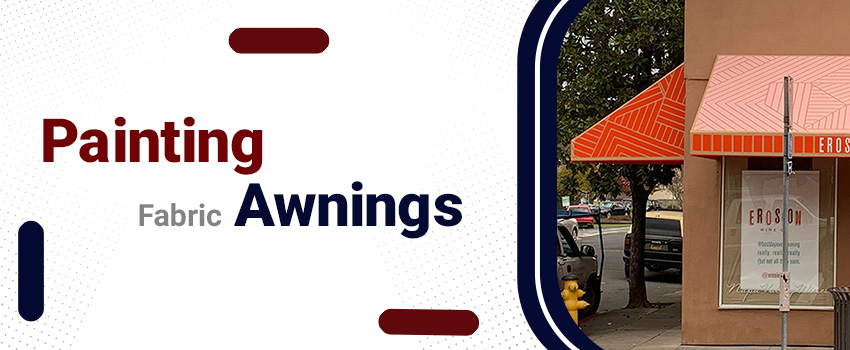You may already know the advantages awnings offer. They protect your home or business from sunlight, rain, and snow, keeping it cooler and saving electricity bills. It also adds an extra outdoor space to lounge in favorable weather conditions. But what is the best material for awnings? It must be durable and attractive.
4 Best Awning Materials for Your Window
Metal: Needless to say, metal is among the sturdiest materials for awnings. It is usually copper-made and can last as long as three decades.
A metal awning is durable against snow and hail. It withstands strong winds, protecting your property. They are available in various designs and color palettes.
Maintaining it requires applying powder coats once or twice a year, and unlike a few others on the list, requires frequent maintenance.
However, the benefits it offers justify its price, typically starting at $400.
Aluminum: Since we started with metal awnings, let’s look at another of its kind – aluminum.
It is popular and features a thin, smooth texture. You can choose different paints as their surface color, whether you want to look metallic or sport a wood-like finish. Aluminum awnings are ideas for a modern look.
They have a reliable lifespan and serve as a perfect material to protect the windows. They cost more than most other regular materials for awnings but are highly preferred by home and business owners.
One problem some people face is with their surface. It shows scratch marks easily. But you can treat it with a new finish.
Fabric: The best thing about fabric is that it offers a selection of choices. It saves you from painting it with a new finishing coat. All you need to do is choose a design that complements your place.
Fabric awnings keep the place cool in summer while adding depth to the overall appearance. You can combine different fabrics to get a unique look. Don’t worry; they are cheap.
Just like others, they have one disadvantage; they require a waterproofing coat to increase durability. You may also want to holster them in winter because they do not fare well against snow. We recommend you ask your awning provider for water-resistant fabric awnings.
A fabric awning usually starts at $200. It is affordable for the design and accessibility it offers. Proper maintenance improves lifespan.
Canvas: There was a time when anybody wondered – what are awnings made of? – they would think of canvas. Canvas awnings are classic and usually seen everywhere. They are close to fabric awnings and take little installation time. They are durable, affordable, and offer a good overall balance.
Canvas awnings are also perfect for modern-looking exteriors. For instance, you can choose dark or light colors to enhance your building’s aesthetic.
Although canvas window awnings are a fantastic choice, setting up the window awning requires some practice. It will sag and appear out of place if not stretched out correctly. In most cases, if they do not match the exterior, they can also appear out of place, but that is true of all kinds of awnings.
However, it will not give up the battle for toughness. Canvas window awnings are unaffected by rain and snow, unlike some awning windows that are easily buried in the center. If you maintain and care for them correctly, you can use them for up to 5 to 10 years.
Final WordsThere are many other materials for awnings, such as wood, wood composite, vinyl, and glass. Each has its advantages and disadvantages. So, it is best to consult with professionals before making a decision.



